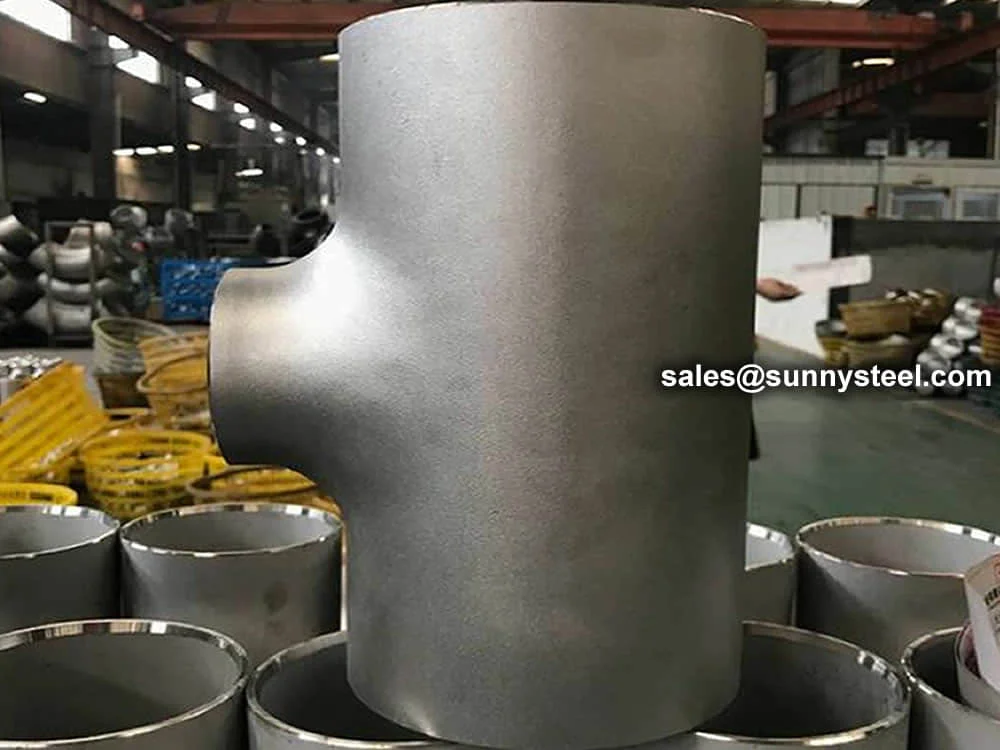
Durable Butt-weld Fittings For Boiler Pipeline Durability
Stainless steel tees are butt-weld pipe fittings designed for branching pipelines in demanding environments, offering exceptional corrosion resistance for oil, gas, petrochemical, and boiler pipeline protection systems.
Durable Butt-weld Fittings For Boiler Pipeline Durability
Stainless steel tees are butt-weld pipe fittings designed for branching pipelines in demanding environments, offering exceptional corrosion resistance for oil, gas, petrochemical, and boiler pipeline protection systems. compliant with asme/ansi b16.9 and astm a403 standards, these tees are available as equal or reducing tees, ensuring reliable flow distribution in high-pressure and high-temperature applications.
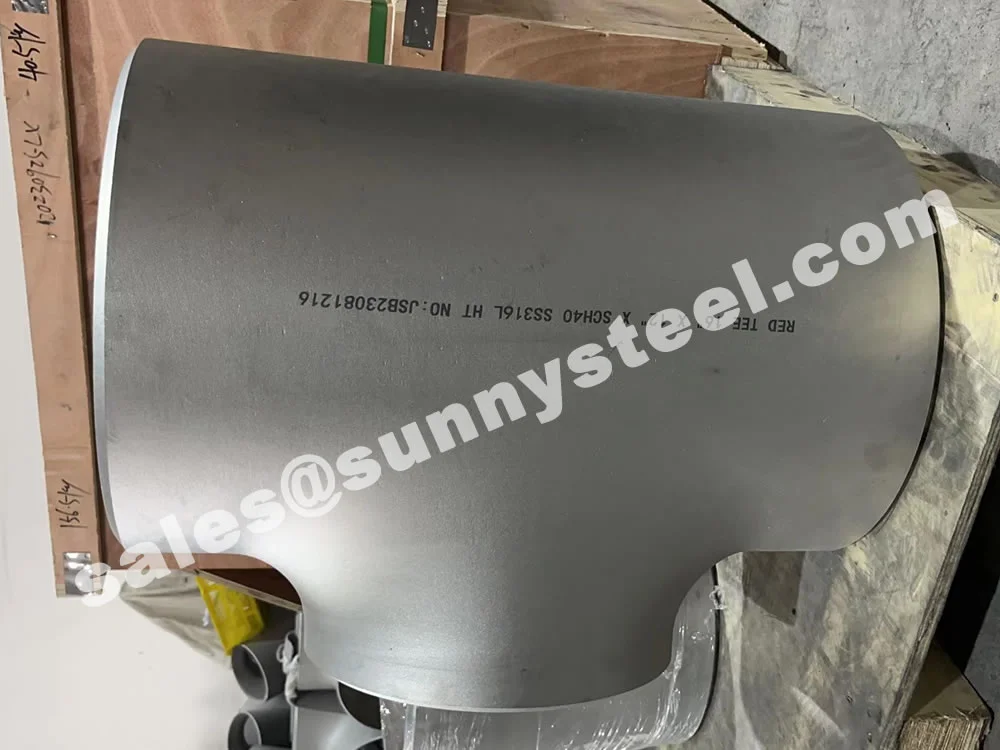
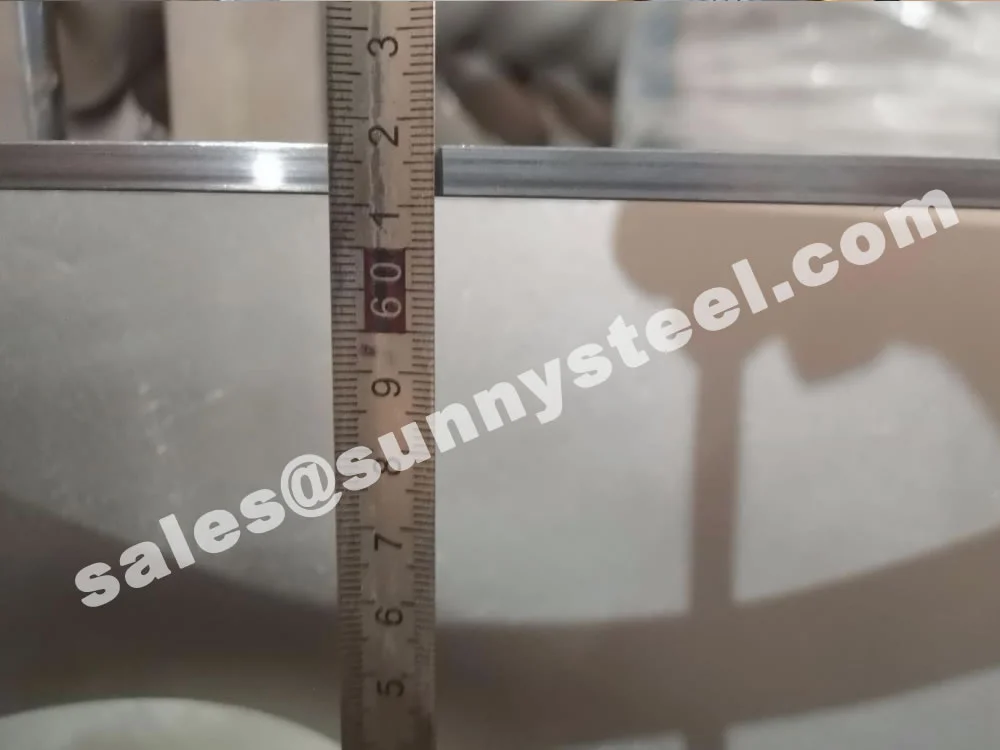
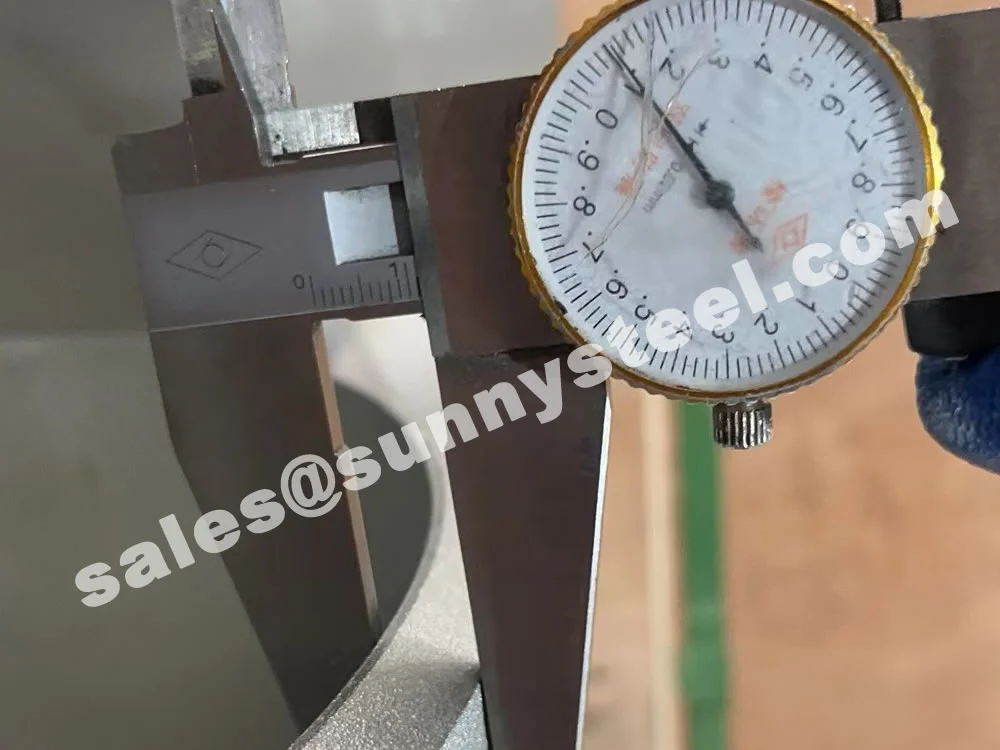
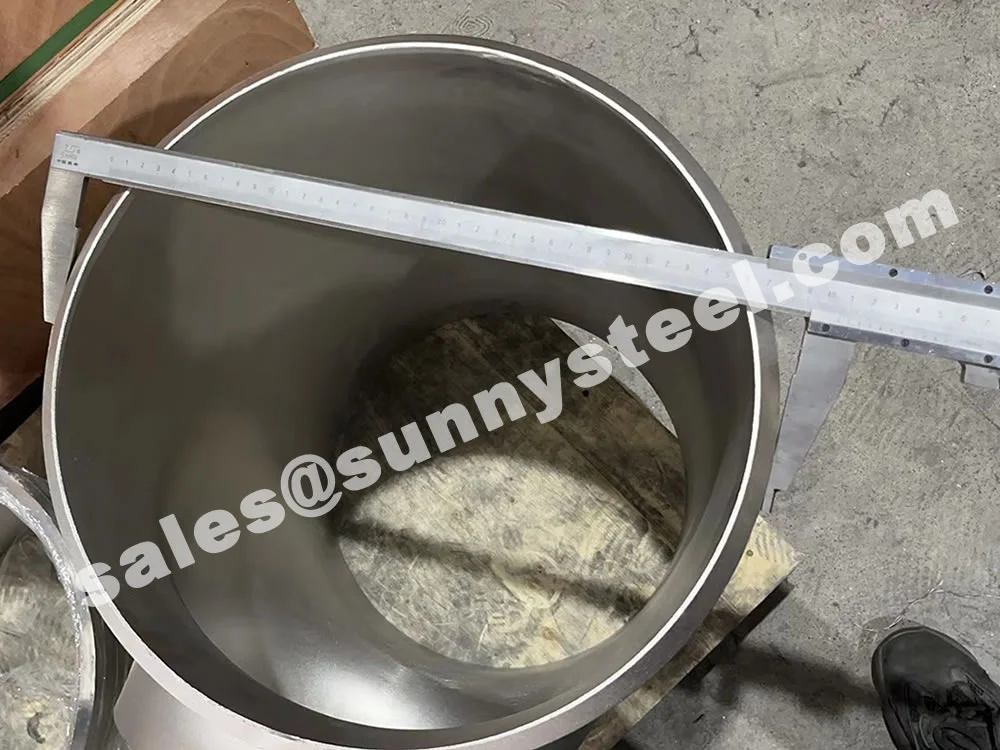
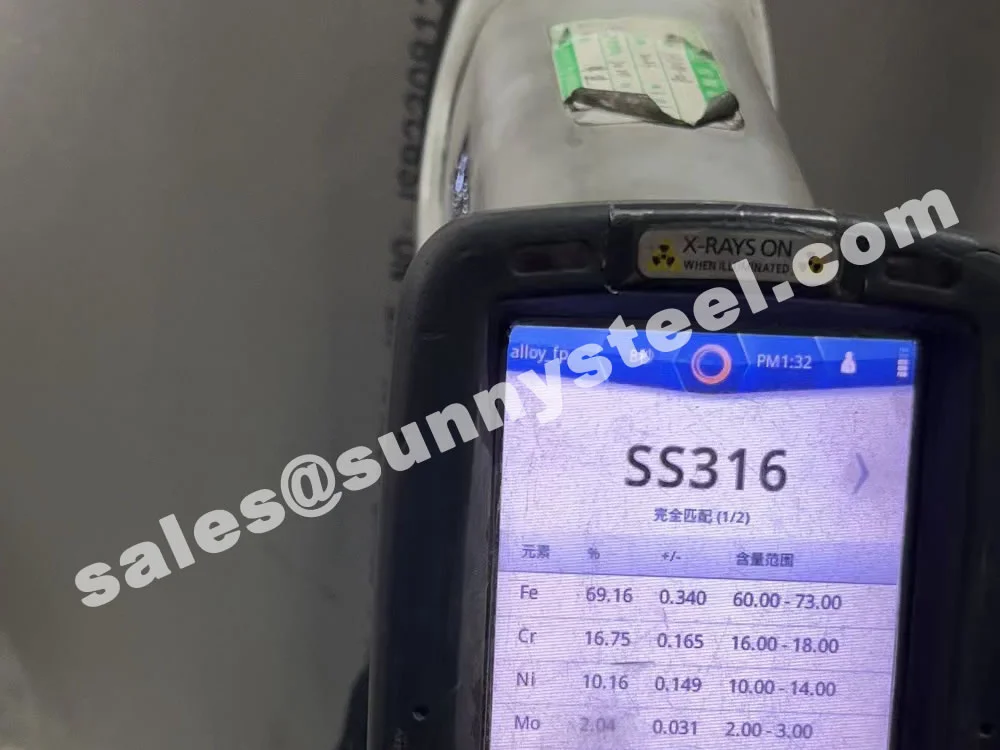
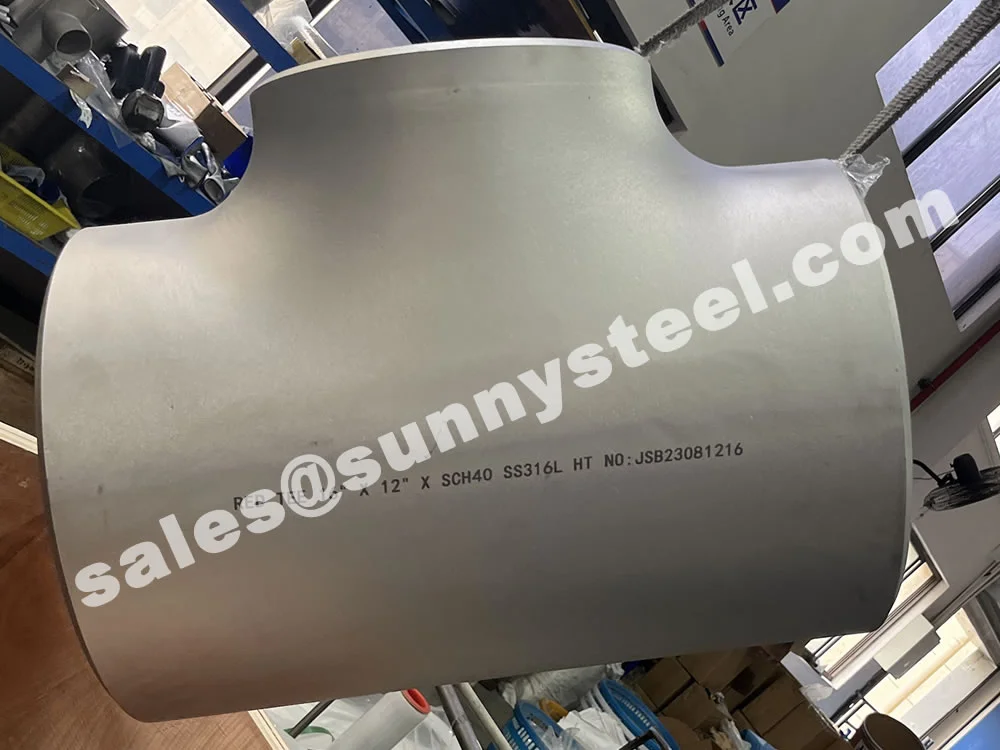
Stainless Steel Tee is a T-shaped pipe fitting designed for industrial piping systems, connecting three pipes to create a 90-degree branch. Compliant with ASTM A403 TP347H standards, this stainless steel fitting offers exceptional pipeline corrosion protection and durability, making it ideal for boiler pipeline protection in oil and gas, petrochemical, and power generation industries as of 11:37 PM PDT, August 31, 2025. Its butt-weld design ensures leak-proof, high-strength connections for harsh, corrosive environments.
The Stainless Steel Tee is manufactured using seamless or welded processes, utilizing high-quality stainless steel grades like ASTM A403 TP347H for superior corrosion resistance or ASTM A403 TP316L for enhanced weldability in corrosive conditions. Available in sizes from 1/2” to 48” (DN 15–DN 1200), with wall thicknesses such as SCH 10S, SCH 40S, or SCH 80S, it meets diverse industrial piping requirements. Rigorous testing, including tensile, hydrostatic, and non-destructive tests (radiography or ultrasonic), ensures compliance with ASME B16.9 and MSS SP-75 standards.
Engineered for pipeline corrosion protection, the Stainless Steel Tee excels in harsh environments like offshore pipelines, chemical plants, or high-temperature boiler systems, without the need for additional coatings due to its inherent corrosion resistance. Its robust construction resists wear from abrasive materials and high-pressure conditions, ensuring reliability for boiler pipeline protection. The fitting supports welding methods (SMAW, GTAW, or GMAW) with compatible stainless steel fillers, ensuring seamless integration with pipelines like ASTM A312 TP347H or TP316L.
Compared to carbon steel tees (e.g., ASTM A234 WPB) or alloy steel tees (e.g., ASTM A234 WP22), the Stainless Steel Tee offers superior corrosion resistance, particularly in acidic or saline environments. Unlike Piggable Tee fittings (with internal bars for pigging, as discussed in your previous queries) or Equal/Reducing Tee fittings (carbon/alloy steel, discussed earlier), it is optimized for corrosive applications, available in equal or reducing configurations. Its versatility makes it suitable for oil and gas pipelines, petrochemical plants, power generation systems, and food processing industries.
The Stainless Steel Tee addresses critical challenges like pipeline corrosion, wear, and connection reliability in high-throughput industrial systems. Its durable design and corrosion-resistant materials ensure long-term performance, safety, and efficiency, making it a top choice for engineers seeking robust industrial piping and boiler pipeline protection solutions.
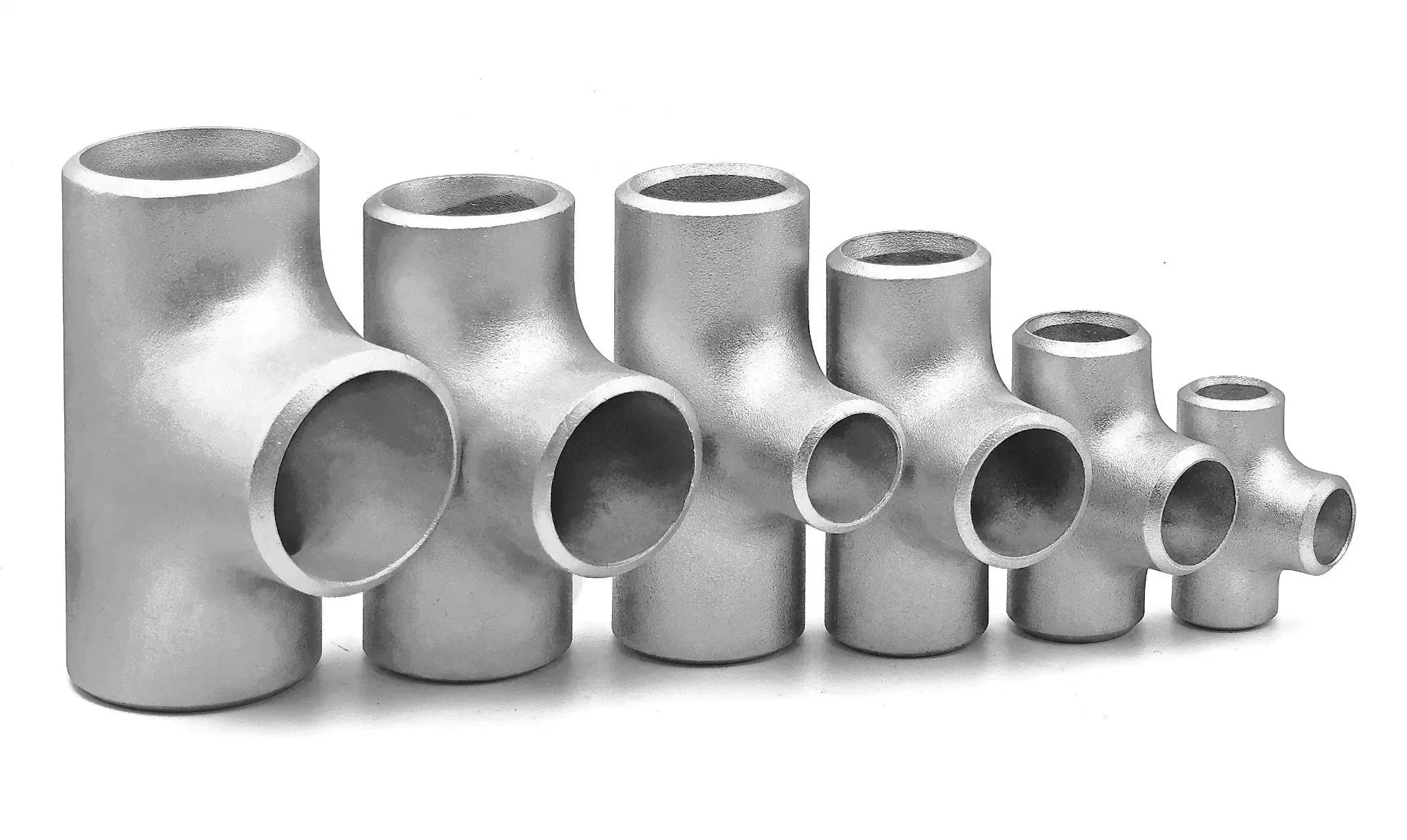
| Feature | Stainless Steel Tee (ASTM A403 TP347H) | Equal Tee (ASTM A234 WPB) | Piggable Tee (ASTM A234 WPB) |
|---|---|---|---|
| Material Type | Stainless Steel | Carbon Steel | Carbon Steel |
| Temperature Range | High (up to 870°C) | Moderate (up to 650°C) | Moderate (up to 650°C) |
| Corrosion Protection | Excellent (inherent) | Good (with coatings) | Good (with coatings) |
| Pigging Compatibility | Poor (no bars) | Poor (no bars) | Excellent (internal bars) |
| Applications | Oil/Gas, Petrochemical, Food Processing | Oil/Gas, Petrochemical, Boilers | Oil/Gas, Petrochemical, Pigging |
| Tensile Strength (MPa) | 515 (min) | 415 (min) | 415 (min) |
| Yield Strength (MPa) | 205 (min) | 240 (min) | 240 (min) |
| Key Advantage | Superior corrosion resistance | Uniform pipe connections | Pigging efficiency |

A curated list of long-tail keywords for ASME/ANSI B16.9 reducing tees, covering specifications, applications, and material properties, presented in a two-column layout.
Note: ASME/ANSI B16.9 reducing tees are designed for flexible branching and corrosion resistance. For detailed specifications, refer to ASME B16.9, ASTM A234, or contact a certified supplier.
Allows for efficient splitting or combining of fluid flows in complex piping layouts.
Designed to maintain the strength and integrity of the piping system.
Available to suit various pipe diameters, pressure ratings, and fluid compatibility.
Smooth internal contours minimize turbulence and pressure loss.
Different connection types offer flexibility in installation.
Manufactured from high-quality materials for long service life.
| Grade | C (% max) | Mn (% max) | Si (% max) | P (% max) | S (% max) | Cr (%) | Ni (%) | Mo (%) | N (% max) |
|---|---|---|---|---|---|---|---|---|---|
| 304 | 0.08 | 2.00 | 1.00 | 0.045 | 0.030 | 18.0-20.0 | 8.0-11.0 | - | 0.10 |
| 304L | 0.03 | 2.00 | 1.00 | 0.045 | 0.030 | 18.0-20.0 | 8.0-12.0 | - | 0.10 |
| 316 | 0.08 | 2.00 | 1.00 | 0.045 | 0.030 | 16.0-18.0 | 10.0-14.0 | 2.0-3.0 | 0.10 |
| 316L | 0.03 | 2.00 | 1.00 | 0.045 | 0.030 | 16.0-18.0 | 10.0-14.0 | 2.0-3.0 | 0.10 |
The low carbon content in 304L and 316L enhances weldability, while molybdenum in 316 and 316L improves resistance to pitting and crevice corrosion, making Stainless Steel Tee ideal for harsh environments.
| Grade | Tensile Strength (min, MPa) | Yield Strength (min, MPa) | Elongation (min, %) | Hardness (max, HB) | Hardness (max, HRB) |
|---|---|---|---|---|---|
| 304 | 515 | 205 | 40 | 201 | 92 |
| 304L | 485 | 170 | 40 | 201 | 92 |
| 316 | 515 | 205 | 40 | 217 | 95 |
| 316L | 485 | 170 | 40 | 217 | 95 |
These mechanical properties make Stainless Steel Tee suitable for applications requiring high strength and corrosion resistance, such as architectural structures, marine environments, and chemical processing.
In order to solve the cumbersome and difficult to remember stainless steel grades, improve the practicability of the brand representation, and the contrast with the international standard grades, China has formulated the "Universal Code System for Steel and Alloy Grades", such as 06Cr19Ni10, corresponding to 304. Different grades of stainless steel have different ingredients, but they all have a national standard. The standards of each country are also different.
| No | China (GB) | Japan (JIS) | American | Korea (KS) | EU (BS EN) | India (IS) | Australia (AS) | Taiwan (CNS) | ||
|---|---|---|---|---|---|---|---|---|---|---|
| Old | New (07.10) | SUS | ASTM | UNS | STS | EN | IS | AS | CNS | |
| Austenitic Stainless Steel | ||||||||||
| 1 | 1Cr17Mn6Ni5N | 12Cr17Mn6Ni5N | SUS201 | 201 | S20100 | STS201 | 1.4372 | 10Cr17Mn6Ni4N20 | 201-2 | 201 |
| 2 | 1Cr18Mn8Ni5N | 12Cr18Mn9Ni5N | SUS202 | 202 | S20200 | STS202 | 1.4373 | — | — | 202 |
| 3 | 1Cr17Ni7 | 12Cr17Ni7 | SUS301 | 301 | S30100 | STS301 | 1.4319 | 10Cr17Ni7 | 301 | 301 |
| 4 | 0Cr18Ni9 | 06Cr19Ni10 | SUS304 | 304 | S30400 | STS304 | 1.4301 | 07Cr18Ni9 | 304 | 304 |
| 5 | 00Cr19Ni10 | 022Cr19Ni10 | SUS304L | 304L | S30403 | STS304L | 1.4306 | 02Cr18Ni11 | 304L | 304L |
| 6 | 0Cr19Ni9N | 06Cr19Ni10N | SUS304N1 | 304N | S30451 | STS304N1 | 1.4315 | — | 304N1 | 304N1 |
| 7 | 0Cr19Ni10NbN | 06Cr19Ni9NbN | SUS304N2 | XM21 | S30452 | STS304N2 | — | — | 304N2 | 304N2 |
| 8 | 00Cr18Ni10N | 022Cr19Ni10N | SUS304LN | 304LN | S30453 | STS304LN | — | — | 304LN | 304LN |
| 9 | 1Cr18Ni12 | 10Cr18Ni12 | SUS305 | 305 | S30500 | STS305 | 1.4303 | — | 305 | 305 |
| 10 | 0Cr23Ni13 | 06Cr23Ni13 | SUS309S | 309S | S30908 | STS309S | 1.4833 | — | 309S | 309S |
| 11 | 0Cr25Ni20 | 06Cr25Ni20 | SUS310S | 310S | S31008 | STS310S | 1.4845 | — | 310S | 310S |
| 12 | 0Cr17Ni12Mo2 | 06Cr17Ni12Mo2 | SUS316 | 316 | S31600 | STS316 | 1.4401 | 04Cr17Ni12Mo2 | 316 | 316 |
| 13 | 0Cr18Ni12Mo3Ti | 06Cr17Ni12Mo2Ti | SUS316Ti | 316Ti | S31635 | — | 1.4571 | 04Cr17Ni12MoTi20 | 316Ti | 316Ti |
| 14 | 00Cr17Ni14Mo2 | 022Cr17Ni12Mo2 | SUS316L | 316L | S31603 | STS316L | 1.4404 | 02Cr17Ni12Mo2 | 316L | 316L |
| 15 | 0Cr17Ni12Mo2N | 06Cr17Ni12Mo2N | SUS316N | 316N | S31651 | STS316N | — | — | 316N | 316N |
| 16 | 00Cr17Ni13Mo2N | 022Cr17Ni13Mo2N | SUS316LN | 316LN | S31653 | STS316LN | 1.4429 | — | 316LN | 316LN |
| 17 | 0Cr18Ni12Mo2Cu2 | 06Cr18Ni12Mo2Cu2 | SUS316J1 | — | — | STS316J1 | — | — | 316J1 | 316J1 |
| 18 | 00Cr18Ni14Mo2Cu2 | 022Cr18Ni14Mo2Cu2 | SUS316J1L | — | — | STS316J1L | — | — | — | 316J1L |
| 19 | 0Cr19Ni13Mo3 | 06Cr19Ni13Mo3 | SUS317 | 317 | S31700 | STS317 | — | — | 317 | 317 |
| 20 | 00Cr19Ni13Mo3 | 022Cr19Ni13Mo3 | SUS317L | 317L | S31703 | STS317L | 1.4438 | — | 317L | 317L |
| 21 | 0Cr18Ni10Ti | 06Cr18Ni11Ti | SUS321 | 321 | S32100 | STS321 | 1.4541 | 04Cr18Ni10Ti20 | 321 | 321 |
| 22 | 0Cr18Ni11Nb | 06Cr18Ni11Nb | SUS347 | 347 | S34700 | STS347 | 1.4550 | 04Cr18Ni10Nb40 | 347 | 347 |
| Austenitic-Ferritic Stainless Steel (Duplex) | ||||||||||
| 23 | 0Cr26Ni5Mo2 | — | SUS329J1 | 329 | S32900 | STS329J1 | 1.4477 | — | 329J1 | 329J1 |
| 24 | 00Cr18Ni5Mo3Si2 | 022Cr19Ni5Mo3Si2N | SUS329J3L | — | S31803 | STS329J3L | 1.4462 | — | 329J3L | 329J3L |
| Ferritic Stainless Steel | ||||||||||
| 25 | 0Cr13Al | 06Cr13Al | SUS405 | 405 | S40500 | STS405 | 1.4002 | 04Cr13 | 405 | 405 |
| 26 | — | 022Cr11Ti | SUH409 | 409 | S40900 | STS409 | 1.4512 | — | 409L | 409L |
| 27 | 00Cr12 | 022Cr12 | SUS410L | — | — | STS410L | — | — | 410L | 410L |
| 28 | 1Cr17 | 10Cr17 | SUS430 | 430 | S43000 | STS430 | 1.4016 | 05Cr17 | 430 | 430 |
| 29 | 1Cr17Mo | 10Cr17Mo | SUS434 | 434 | S43400 | STS434 | 1.4113 | — | 434 | 434 |
| 30 | — | 022Cr18NbTi | — | — | S43940 | — | 1.4509 | — | 439 | 439 |
| 31 | 00Cr18Mo2 | 019Cr19Mo2NbTi | SUS444 | 444 | S44400 | STS444 | 1.4521 | — | 444 | 444 |
| Martensitic Stainless Steel | ||||||||||
| 32 | 1Cr12 | 12Cr12 | SUS403 | 403 | S40300 | STS403 | — | — | 403 | 403 |
| 33 | 1Cr13 | 12Cr13 | SUS410 | 410 | S41000 | STS410 | 1.4006 | 12Cr13 | 410 | 410 |
| 34 | 2Cr13 | 20Cr13 | SUS420J1 | 420 | S42000 | STS420J1 | 1.4021 | 20Cr13 | 420 | 420J1 |
| 35 | 3Cr13 | 30Cr13 | SUS420J2 | — | — | STS420J2 | 1.4028 | 30Cr13 | 420J2 | 420J2 |
| 36 | 7Cr17 | 68Cr17 | SUS440A | 440A | S44002 | STS440A | — | — | 440A | 440A |
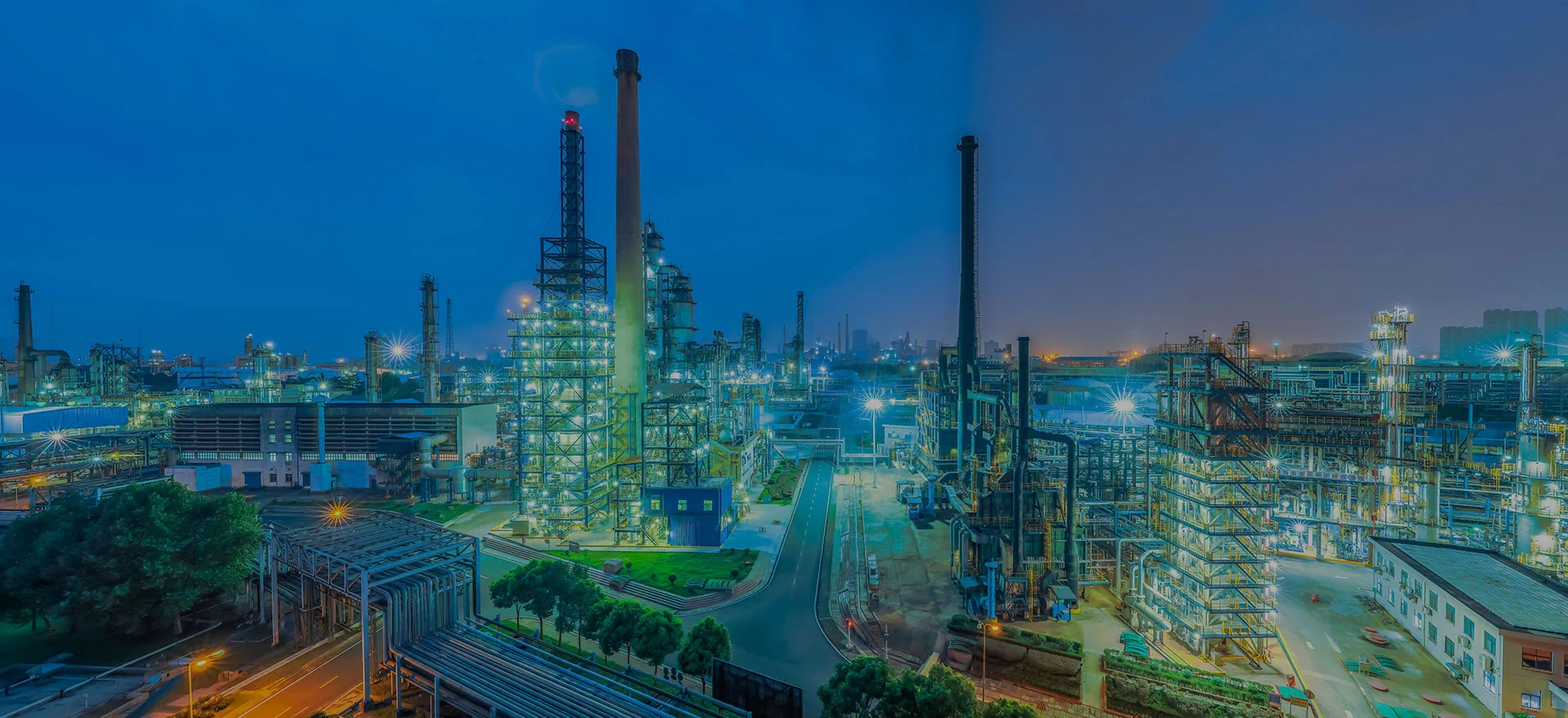
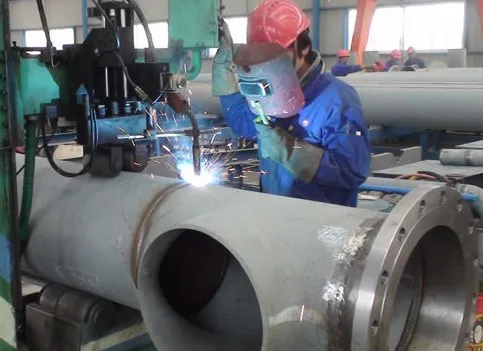
Install pipe tee
The basic application of the Stainless Steel Tee is a connector that can be used in the middle of two pipes to allow them to join together.
Understanding the various pipe tee types allows engineers and contractors to make more informed decisions based on flow requirements, space limits, and material compatibility. Newzel Industries offers a diverse range of pipe tees in several grades, including SS 304, 316, and 321, all fabricated with accuracy to meet your industrial requirements. Contact us today for an estimate or technical assistance in determining the optimal pipe tee type for your project.
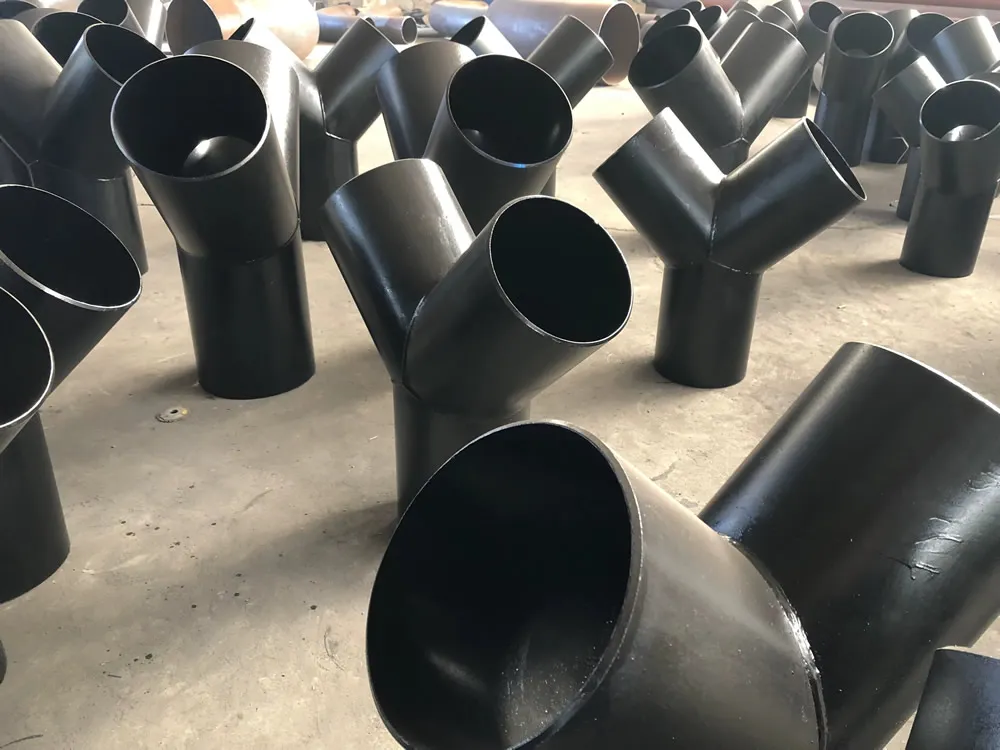
Y tees ensure corrosion-resistant, smooth fluid fl...
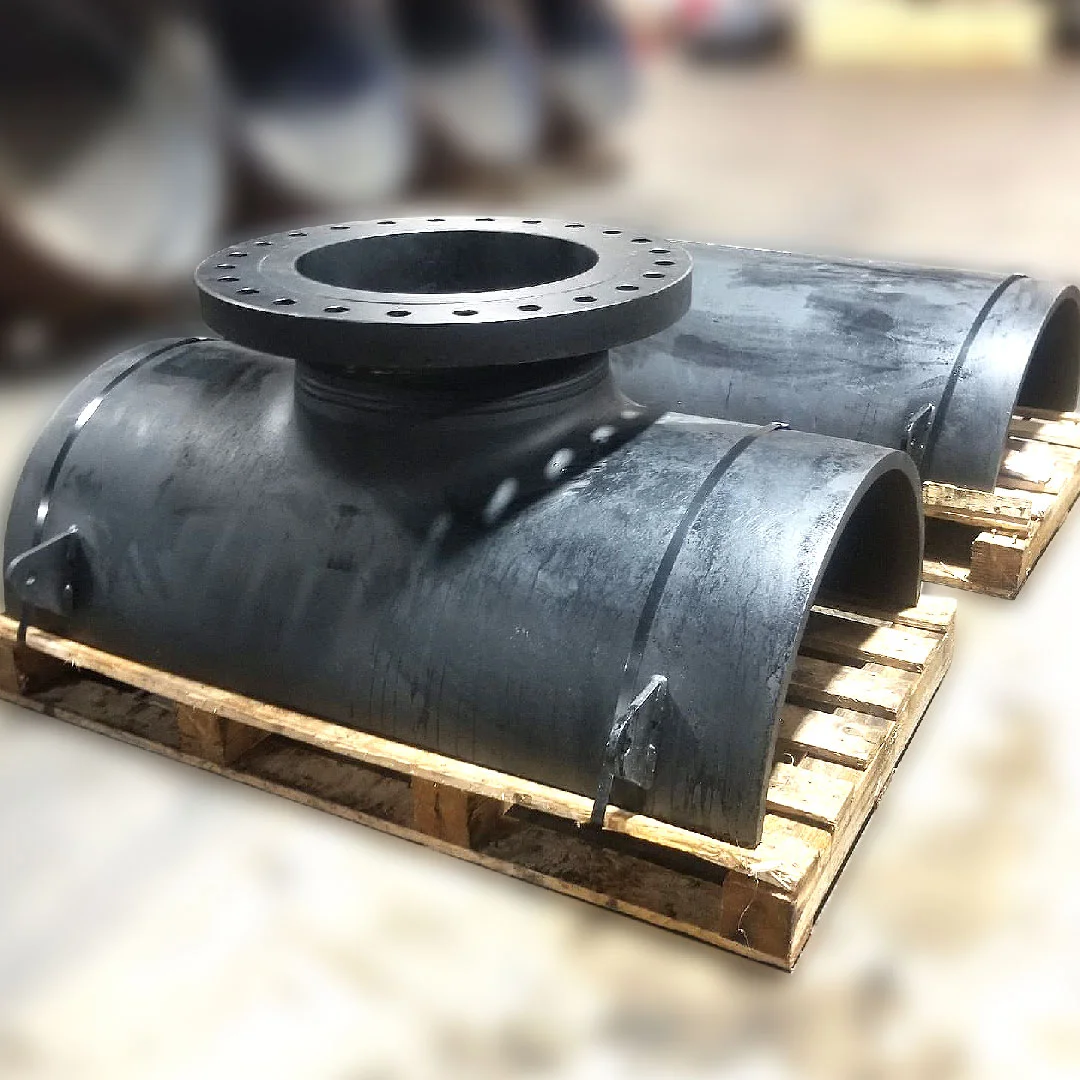
Split tees provide robust, corrosion-resistant bra...
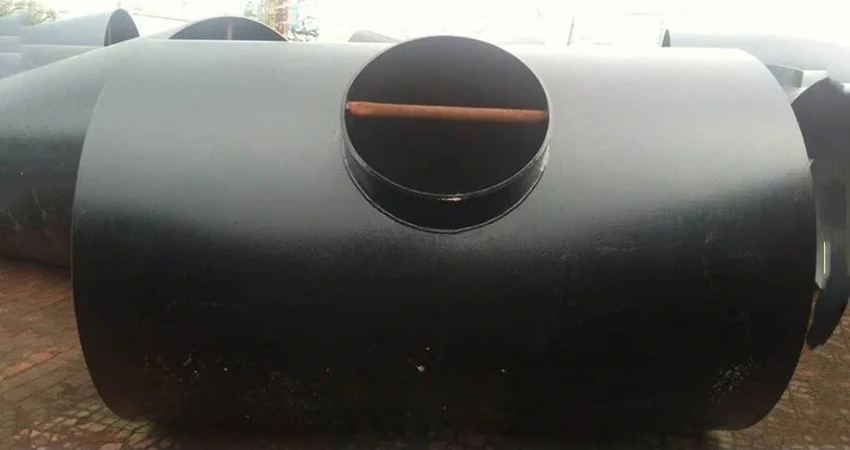
Large diameter elbows provide durable, corrosion-r...
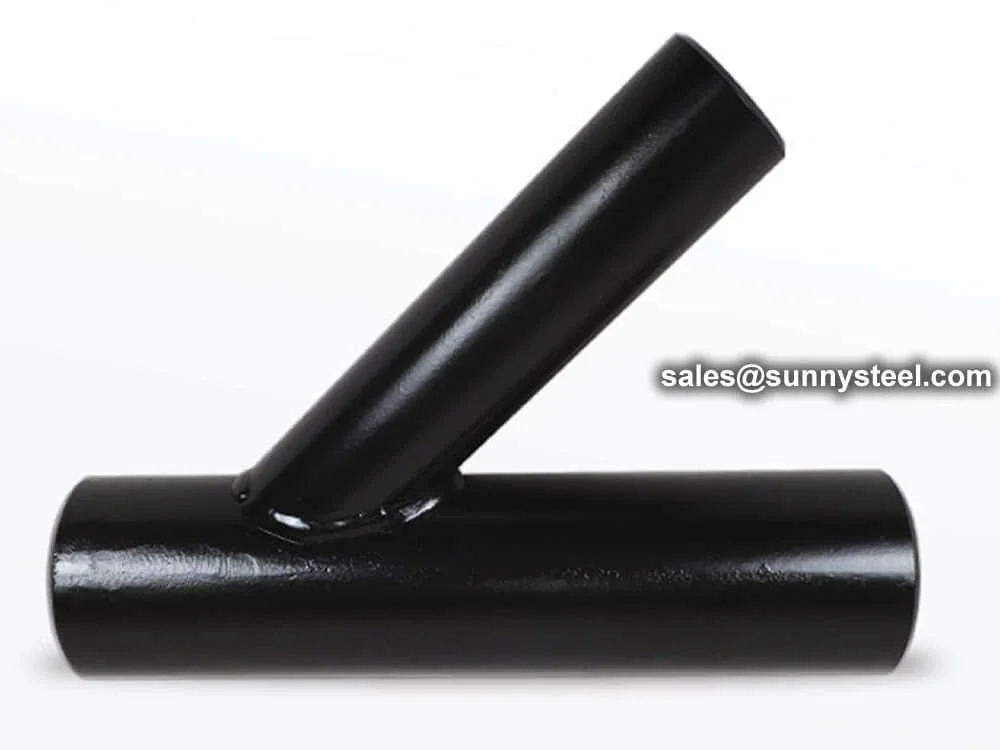
A lateral pipe tee means a pipe fitting which is s...
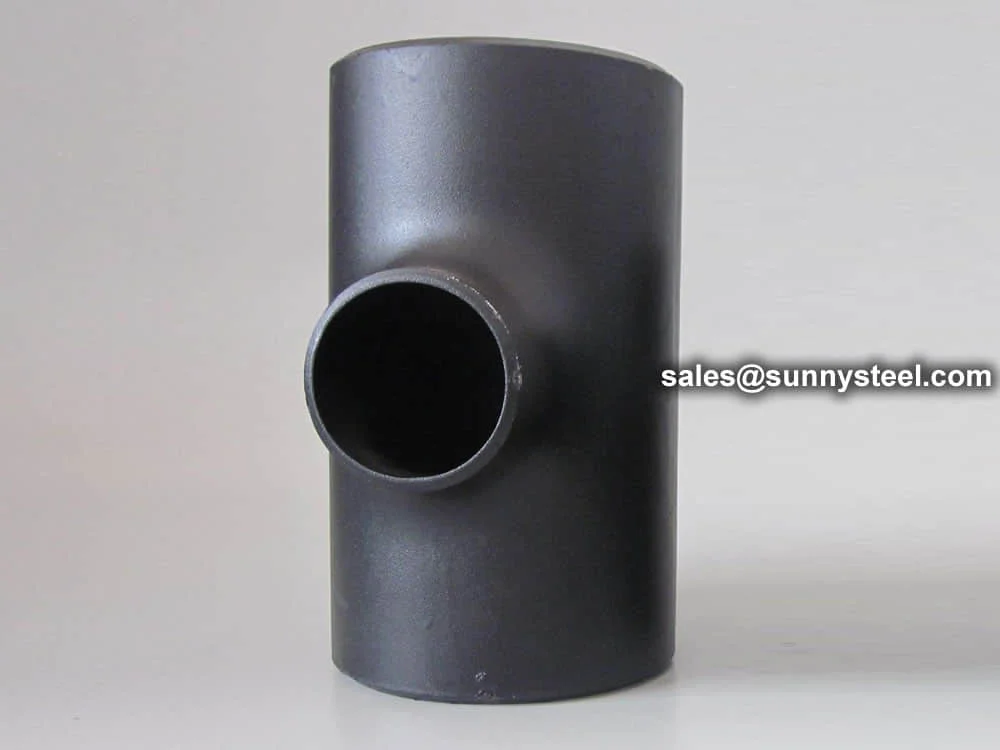
Reducing tee, like all pipe tees, is in the shape ...
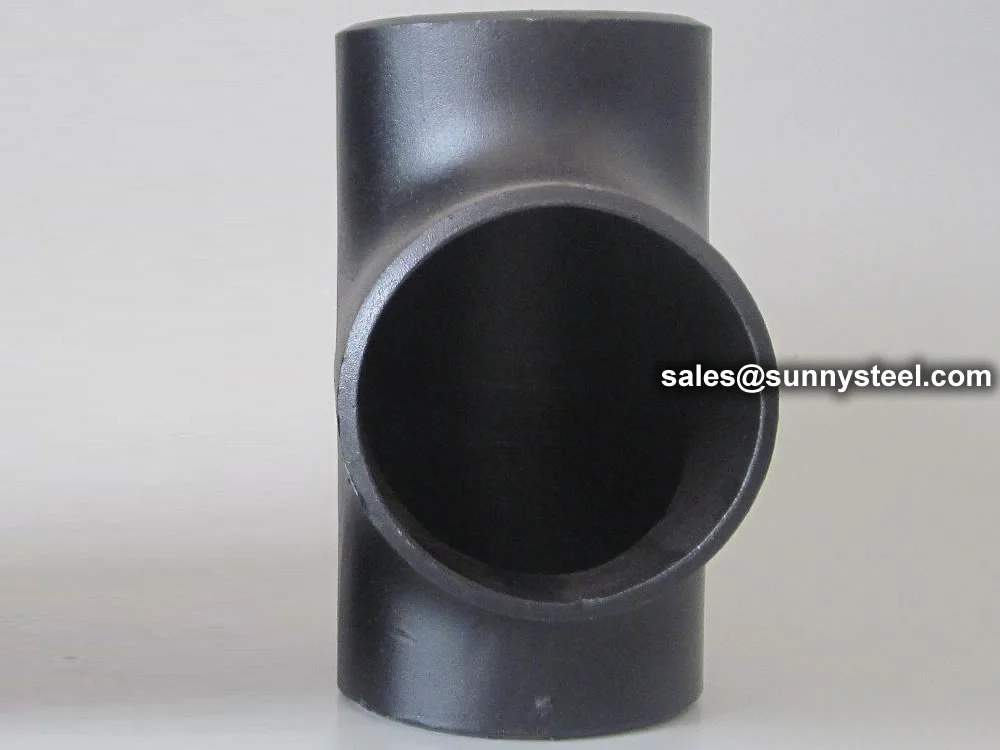
The equal tee (equivalent tee or straight tee) is ...